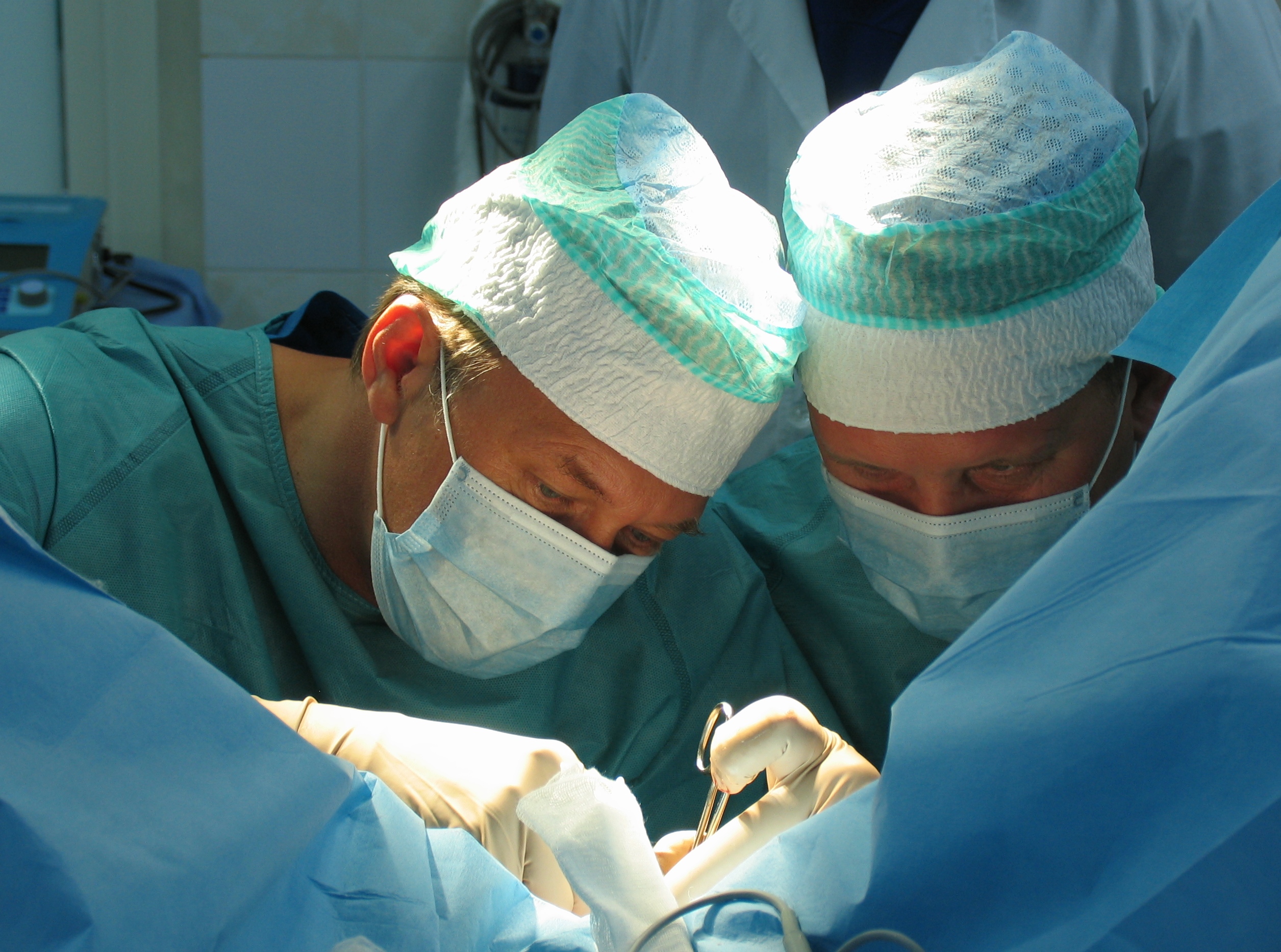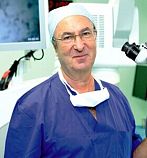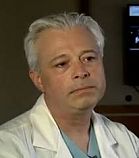Treatment methods

Because the condition can cause a variety of symptoms such as headaches, epileptic seizures, etc., doctors may also prescribe medications to relieve these symptoms. This may include antiepileptic drugs and analgesics.

This is the primary method of treatment for this condition. The main goal of the surgery is to restore normal blood circulation in the brain and prevent further progression of the disease.
This condition is characterized by narrow or closed cerebral arteries, which can lead to serious consequences including strokes and bleeding.
Moyamoya disease has a genetic basis and is most often inherited. Studies have shown that mutations in several genes such as BRAF, ACTA2, GUCY1A3 and RNF213 may be associated with the development of this disease. However, the exact mechanisms of how these mutations lead to narrow blood vessels in the brain are not fully understood. It should be noted that the disease can also occur suddenly, that is, without obvious family hereditary ties.
Patients may experience moderate to severe pain, which may be constant or intermittent. Narrow blood vessels in the brain increase the risk of strokes, especially in children and young adults. In some cases, it can cause impaired coordination and sensitivity.
The disease requires careful medical observation and treatment. For patients with this condition, regular consultation with neurologists and neurosurgeons is important to effectively manage symptoms and minimize the risk of complications.
Diagnosis at MDI Clinic
The physician performs an initial examination of the patient and assesses the patient’s symptoms. Special attention is paid to headaches, changes in vision, epileptic seizures, and coordination disorders.
An important part of the diagnosis is gathering information about the patient’s medical and family history. This includes finding out if the disease is present among close relatives.
A magnetic resonance angiogram is considered a non-invasive study that uses magnetic fields and radio waves to create detailed images of the blood vessels in the brain. MRA can help visualize aneurysms in the blood vessels of the brain.
Cerebral angiography is the most invasive procedure in which a contrast agent is injected into the blood vessels through a catheter. It provides the most accurate images of the vessels of the brain and can determine the degree of vascular obstruction. Cerebral angiography is often used for definitive diagnosis of the disease.
Additional examinations may include magnetic resonance spectroscopy, which can assess brain function, and electroencephalography to detect epileptic activity, if present.
The best doctors in Israel
All doctorsPrice
How we are working
-
StepSubmitting an application

Simply leave a request or contact us at the numbers in the contact tab.
-
StepTalking to a counselor

You will be contacted by our consultant shortly after submitting your application. After the interview and review of the medical history, he will proceed to prepare a treatment program.
-
StepProgram preparation

Our specialists will draw up a personalized program, including a diagnosis and treatment schedule, the names and positions of the doctors, and the cost of treatment.
-
StepTravel arrangements

The coordinator will plan and organize the trip in every detail – from advice on preparing documents, to purchasing tickets, booking accommodation and even organizing excursions.
-
StepTreatment

Our staff will provide patient support throughout the diagnosis, treatment and rehabilitation period.

Форма обратной связи
"*" indicates required fields



























